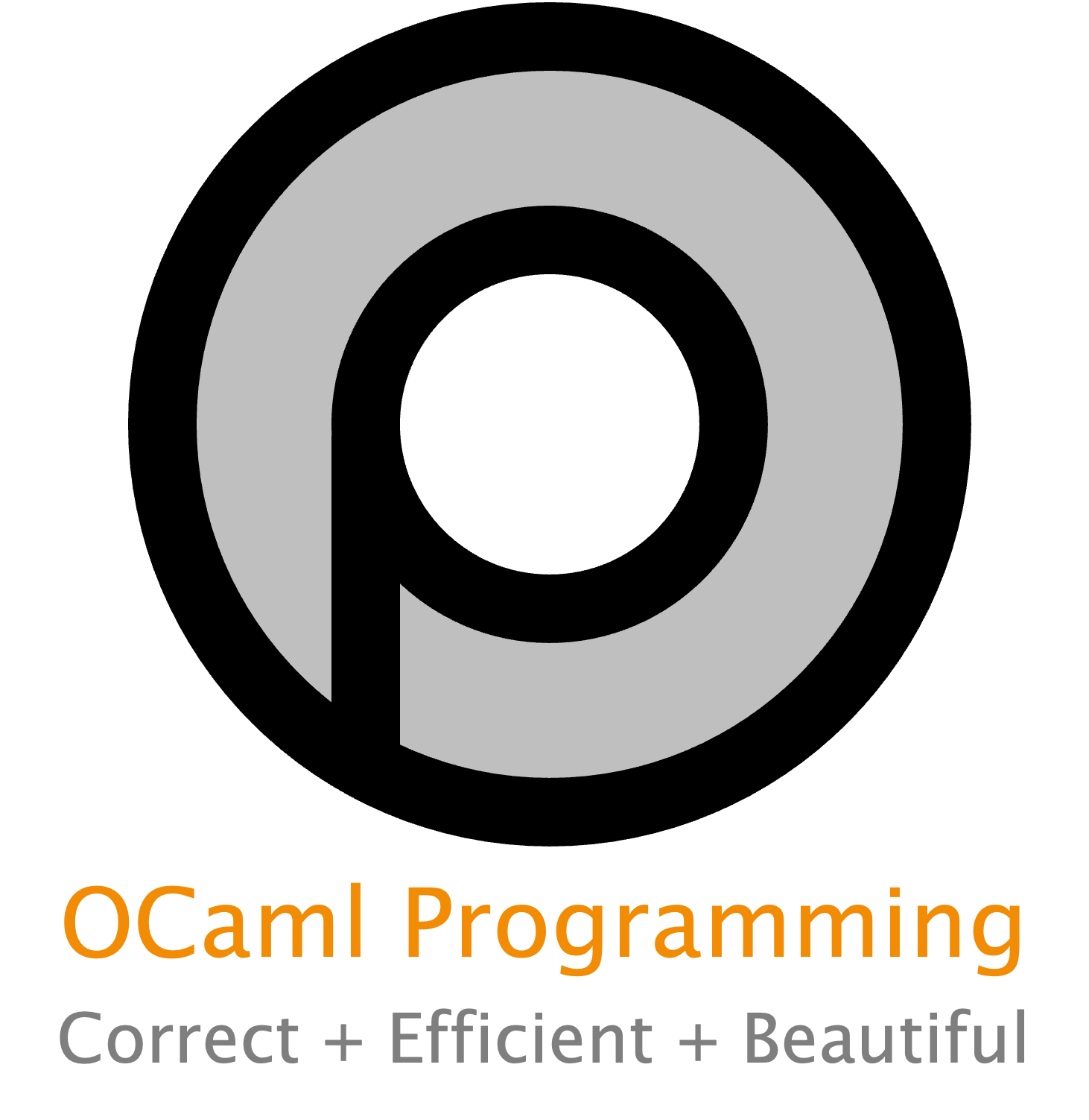1.2. The Present of OCaml#
OCaml is a functional programming language. The key linguistic abstraction of functional languages is the mathematical function. A function maps an input to an output; for the same input, it always produces the same output. That is, mathematical functions are stateless: they do not maintain any extra information or state that persists between usages of the function. Functions are first-class: you can use them as input to other functions, and produce functions as output. Expressing everything in terms of functions enables a uniform and simple programming model that is easier to reason about than the procedures and methods found in other families of languages.
Imperative programming languages such as C and Java involve mutable state that changes throughout execution. Commands specify how to compute by destructively changing that state. Procedures (or methods) can have side effects that update state in addition to producing a return value.
The fantasy of mutability is that it’s easy to reason about: the machine does this, then this, etc.
The reality of mutability is that whereas machines are good at complicated manipulation of state, humans are not good at understanding it. The essence of why that’s true is that mutability breaks referential transparency: the ability to replace an expression with its value without affecting the result of a computation. In math, if \(f(x)=y\), then you can substitute \(y\) anywhere you see \(f(x)\). In imperative languages, you cannot: \(f\) might have side effects, so computing \(f(x)\) at time \(t\) might result in a different value than at time \(t'\).
It’s tempting to believe that there’s a single state that the machine manipulates, and that the machine does one thing at a time. Computer systems go to great lengths in attempting to provide that illusion. But it’s just that: an illusion. In reality, there are many states, spread across threads, cores, processors, and networked computers. And the machine does many things concurrently. Mutability makes reasoning about distributed state and concurrent execution immensely difficult.
Immutability, however, frees the programmer from these concerns. It provides powerful ways to build correct and concurrent programs. OCaml is primarily an immutable language, like most functional languages. It does support imperative programming with mutable state, but we won’t use those features until many chapters into the book—in part because we simply won’t need them, and in part to get you to quit “cold turkey” from a dependence you might not have known that you had. This freedom from mutability is one of the biggest changes in perspective that OCaml can give you.
1.2.1. The Features of OCaml#
OCaml is a statically-typed and type-safe programming language. A statically-typed language detects type errors at compile time; if a type error is detected, the language won’t allow execution of the program. A type-safe language limits which kinds of operations can be performed on which kinds of data. In practice, this prevents a lot of silly errors (e.g., treating an integer as a function) and also prevents a lot of security problems: over half of the reported break-ins at the Computer Emergency Response Team (CERT, a US government agency tasked with cybersecurity) were due to buffer overflows, something that’s impossible in a type-safe language.
Some languages, like Python and Racket, are type-safe but dynamically typed. That is, type errors are caught only at run time. Other languages, like C and C++, are statically typed but not type safe: they check for some type errors, but don’t guarantee the absence of all type errors. That is, there’s no guarantee that a type error won’t occur at run time. And still other languages, like Java, use a combination of static and dynamic typing to achieve type safety.
OCaml supports a number of advanced features, some of which you will have encountered before, and some of which are likely to be new:
Algebraic data types: You can build sophisticated data structures in OCaml easily, without fussing with pointers and memory management. Pattern matching—a feature we’ll soon learn about that enables examining the shape of a data structure—makes them even more convenient.
Type inference: You do not have to write type information down everywhere. The compiler automatically figures out most types. This can make the code easier to read and maintain.
Parametric polymorphism: Functions and data structures can be parameterized over types. This is crucial for being able to re-use code.
Garbage collection: Automatic memory management relieves you from the burden of memory allocation and deallocation, a common source of bugs in languages such as C.
Modules: OCaml makes it easy to structure large systems through the use of modules. Modules are used to encapsulate implementations behind interfaces. OCaml goes well beyond the functionality of most languages with modules by providing functions (called functors) that manipulate modules.
1.2.2. OCaml in Industry#
OCaml and other functional languages are nowhere near as popular as Python, C, or Java. OCaml’s real strength lies in language manipulation (i.e., compilers, analyzers, verifiers, provers, etc.). This is not surprising, because OCaml evolved from the domain of theorem proving.
That’s not to say that functional languages aren’t used in industry. There are many industry projects using OCaml and Haskell, among other languages. Yaron Minsky (Cornell PhD ‘02) even wrote a paper about using OCaml in the financial industry. It explains how the features of OCaml make it a good choice for quickly building complex software that works.
